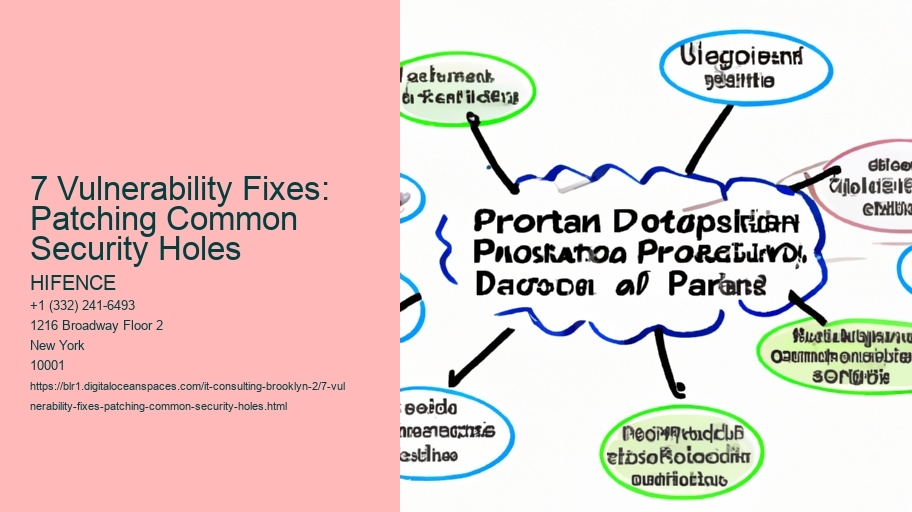Lets talk about patching things up, specifically when it comes to our digital lives. Were going to delve into "7 Vulnerability Fixes: Patching Common Security Holes." Sounds technical, right? But really, its about keeping the bad guys out (like digital burglars, if you will) by fixing weaknesses in our software and systems.
Think of software like a house.
7 Vulnerability Fixes: Patching Common Security Holes - managed services new york city
- managed services new york city
- check
- managed services new york city
- check
- managed services new york city
- check
- managed services new york city
- check
- managed services new york city
7 Vulnerability Fixes: Patching Common Security Holes - managed it security services provider
- managed service new york
- check
- managed it security services provider
- managed service new york
- check
- managed it security services provider
- managed service new york
- check
- managed it security services provider

So, what are these common security holes were talking about?
7 Vulnerability Fixes: Patching Common Security Holes - managed service new york
7 Vulnerability Fixes: Patching Common Security Holes - managed services new york city
- managed it security services provider
- check
- managed services new york city
- managed it security services provider
- check

Next, Cross-Site Scripting (XSS). (This is where a malicious script gets injected into a website, potentially stealing user data or redirecting them to a fake login page). Patches usually involve carefully encoding output to prevent scripts from being executed.

Third up is Broken Authentication.
7 Vulnerability Fixes: Patching Common Security Holes - managed service new york
- managed it security services provider
7 Vulnerability Fixes: Patching Common Security Holes - check
- check
- managed it security services provider
- check
- managed it security services provider
- check

Then theres Security Misconfiguration.
7 Vulnerability Fixes: Patching Common Security Holes - check
- managed services new york city
- managed services new york city
- managed services new york city
- managed services new york city
- managed services new york city
- managed services new york city
- managed services new york city
Number five, Using Components with Known Vulnerabilities. (Imagine building a house with rotten wood – eventually, it's going to collapse!). This means using outdated libraries or software with known security flaws. The fix is simple: keep everything updated!
Sixth on the list: Insufficient Logging and Monitoring.
7 Vulnerability Fixes: Patching Common Security Holes - check
- managed it security services provider
- managed it security services provider
- managed it security services provider
- managed it security services provider
- managed it security services provider
- managed it security services provider
- managed it security services provider
- managed it security services provider
- managed it security services provider
- managed it security services provider
- managed it security services provider
Finally, we have Insecure Deserialization. (This is a bit more complex, but imagine turning a complex object back into its original form after its been transmitted over the network – if not done carefully, malicious code can be injected during this process). Patches involve carefully validating the data being deserialized and using secure deserialization techniques.
Patching isnt a one-time thing, though. Its an ongoing process (a continuous battle, some might say). Software developers are constantly finding and fixing vulnerabilities, so its crucial to stay up-to-date with the latest security patches.
7 Vulnerability Fixes: Patching Common Security Holes - managed service new york
In conclusion, understanding these common security holes and implementing the appropriate patches is essential for protecting our digital assets. Its not just a technical issue; its about safeguarding our information, our privacy, and our overall security in an increasingly connected world. So, keep your software updated, be vigilant, and remember that a little patching can go a long way in keeping the bad guys out.
